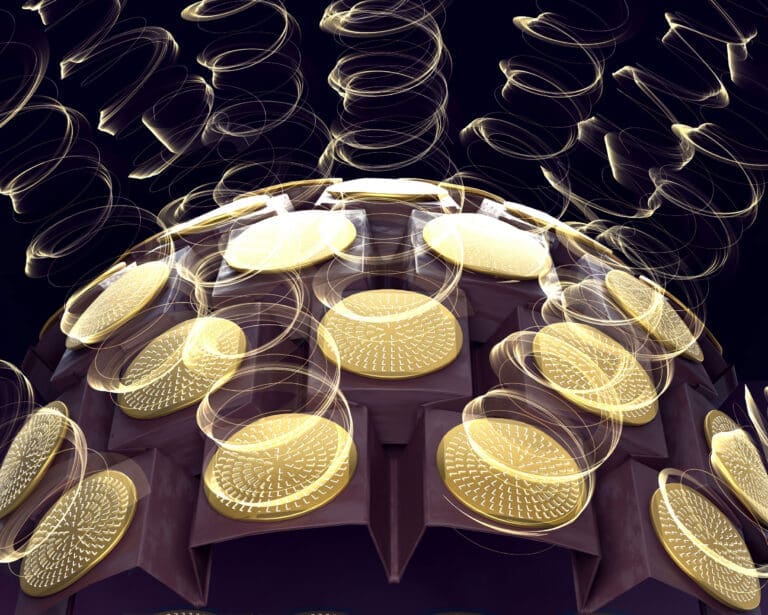For once, the press release isn’t overstating the case: “New antennas and microchips help electronics blur the line between science and scifi” [1].
We’re really in Clarke’s third law territory here, ‘sufficiently advanced technology’ and all that.
In the last few decades, there has been a burst of creativity in the design of antennas. As a dumb ol’ software guy and civilian TV and radio user, I used to think of antennas as pretty much “done”. In the end, they’re just a wire hanging there.
But with better computing, CAD systems and simulators have enabled an amazing renaissance in antennas. We can now build almost anything, and it turns out that there are a lot of wild things that can be built.
This winter, researchers at Princeton report on yet another astonishing antenna design [2]. And, we know it’s cool because they used origami to design the geometry.
It’s not just a cool geometry. It’s reconfigurable—because: origami—so the surface topology is programmable. And there’s more! The electronics are programmable, too, so the signals can cover a lot of territory.
The combination gives a magical multispectral imaging device that has high resolution and variable depth of view. Phew!
“The approach of combining programmable surface topology with mechanical actuations and reconfigurable EM field distribution with electronic actuations (such as with orthogonal frequency diverse fields in this work) opens up a completely new design space for versatile imaging arrays.”
([2], p. 10)
If I understand correctly, the system follows the origami pattern for a 3D foldable box, with flat antennas in a checkerboard on the surface. The array can be configured into many shapes, effectively making it a shape-shifting antenna. The sensor array is programmable, too, and the combination makes this a ridiculously flexible system.
And, by the way, the origami pattern is called a “waterbomb”, presumably because they can hold water like a water balloon. However, the images of these shapes look organic, like a virus, or, yes, like a complicated radar antenna.
Whether this is bio-inspired or “merely” origami inspired, it’s clearly inspired design.
Anyway, this amazing kit has certainly expanded my own concept of what an antenna can be, and, for that matter, what you can do with EM sensors.

- John Sullivan, New antennas and microchips help electronics blur the line between science and scifi, in Princeton Engineering – News, January 19, 2023. https://engineering.princeton.edu/news/2023/01/19/new-antennas-and-microchips-help-electronics-blur-line-between-science-and-scifi
- Suresh Venkatesh, Daniel Sturm, Xuyang Lu, Robert J. Lang, and Kaushik Sengupta, Origami Microwave Imaging Array: Metasurface Tiles on a Shape-Morphing Surface for Reconfigurable Computational Imaging. Advanced Science, 9 (28):2105016, 2022/10/01 2022. https://doi.org/10.1002/advs.202105016
Suresh Venkatesh, Daniel Sturm, Xuyang Lu, Robert J. Lang, Kaushik Sengupta, Origami Microwave Imaging Array: Metasurface Tiles on a Shape-Morphing Surface for Reconfigurable Computational Imaging, John Sullivan, New antennas and microchips help electronics blur the line between science and scifi,

One thought on “Origami Antenna Magic”